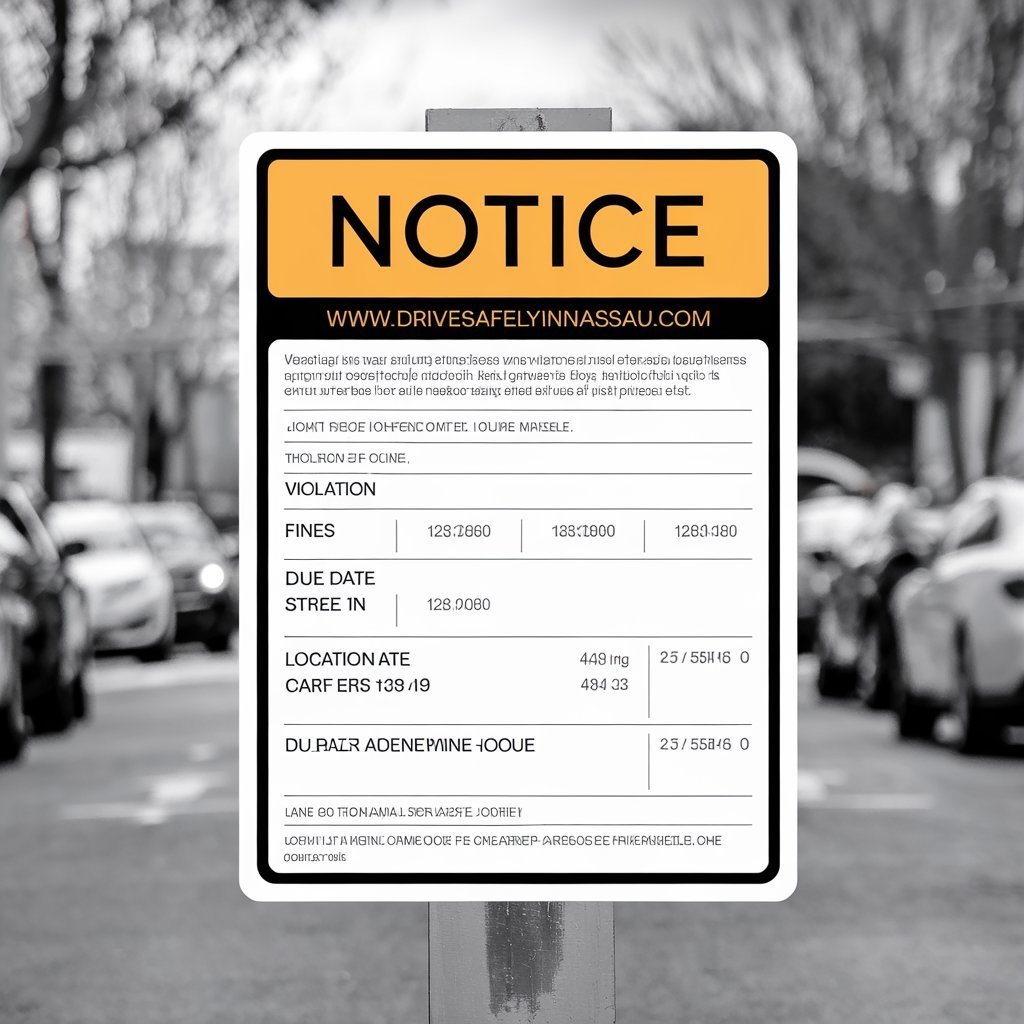Driving in Nassau offers a beautiful combination of coastal views, city life, and winding roads that make it a one-of-a-kind experience. However, to make the most of your journey, understanding how to “drivesafelyinnassau” is essential. Whether you’re a resident or a tourist, staying informed about road conditions, local rules, and driving etiquette is critical for a safe and enjoyable experience.
Why is drivesafelyinnassau Important?
Safety on the road is a universal concern, but it holds particular significance in Nassau. This bustling city is known for its lively streets, tourist attractions, and vibrant culture, which can sometimes create chaotic traffic situations. Accidents not only disrupt the lives of those involved but can also create bottlenecks, impacting others on the road. Learning to “drivesafelyinnassau” isn’t just about protecting yourself—it’s about contributing to the overall well-being of the community.
Understanding Nassau’s Road Infrastructure
Nassau’s road network is an intricate blend of urban streets and scenic routes. While the roads are generally well-maintained, they can get crowded during peak hours. Roundabouts are common, and knowing how to navigate them properly is vital. Some roads are narrow and may require cautious driving, especially near residential areas or schools.
Key Road Rules to Remember in Nassau
- Drive on the Left Side: Like many Caribbean nations, Nassau follows British road rules. Always drive on the left.
- Speed Limits Matter: The speed limit in urban areas is usually 25–30 mph, while highways may allow up to 45 mph. Pay attention to posted signs.
- Seatbelts Are Mandatory: All passengers, including those in the back seats, must wear seatbelts.
- No Cell Phones While Driving: Using a mobile device without a hands-free option is illegal.
- Yield at Roundabouts: Vehicles already in the roundabout have the right of way.
How to Stay Alert While Driving
Long drives in Nassau can be as tiring as they are scenic. Staying alert is key to preventing accidents. Take breaks during long journeys, especially when driving on less familiar roads. Proper hydration and sufficient sleep also play a critical role in maintaining your focus. Never underestimate the importance of these habits when you “drivesafelyinnassau.”
Common Driving Challenges in Nassau
Although Nassau is a charming place, it does present some unique challenges for drivers:
- Congested Traffic: Certain areas, especially around tourist hubs, can experience heavy congestion.
- Unexpected Pedestrians: Jaywalking is not uncommon, so always be ready to stop suddenly.
- Weather Conditions: Rainy days can make roads slippery, increasing the chances of skidding.
- Local Driving Culture: Some drivers may not always follow traffic laws strictly, so defensive driving is essential.
The Role of Defensive Driving
Defensive driving is a proactive approach that helps prevent accidents even when others on the road are careless. Key principles include maintaining a safe distance from the car ahead, anticipating possible risks, and avoiding distractions like texting. Defensive driving skills are a cornerstone of mastering “drivesafelyinnassau.”
Preparing Your Vehicle for Nassau’s Roads
A well-maintained vehicle is crucial for safe driving. Before hitting the road, check your tires, brakes, and lights. Ensure that your car’s wipers and air conditioning are functioning correctly, as the island’s tropical climate can sometimes make driving uncomfortable. Regular servicing ensures that your vehicle remains roadworthy and reliable.
Driving Safely in Rental Cars
If you’re visiting Nassau and plan to rent a car, here’s what you need to know:
- Inspect the Vehicle: Check for any pre-existing damage before accepting the car.
- Understand Insurance Terms: Make sure your rental agreement includes comprehensive coverage.
- Familiarize Yourself: Spend a few minutes understanding the controls, especially if the vehicle model is new to you.
Parking Tips for Nassau Drivers
Finding parking in Nassau can be challenging, especially during peak hours. Paid parking lots are available near major attractions, but spaces can fill up quickly. Avoid illegal parking, as fines are steep, and your car may be towed. Being patient and parking in designated areas can save you a lot of trouble.
How to Handle Emergencies on Nassau Roads
Despite your best efforts to “drivesafelyinnassau,” emergencies can still occur. If your vehicle breaks down, try to pull over to the side of the road and turn on your hazard lights. In case of an accident, dial 911 for assistance and wait for the authorities. Having an emergency kit in your car with essentials like a flashlight, first-aid supplies, and a phone charger can be incredibly helpful.
Can Tourists Drive Safely in Nassau?
Absolutely! While driving in a foreign country can be intimidating, Nassau’s roads are generally tourist-friendly. Following the rules, staying cautious, and keeping local driving habits in mind make it easy for tourists to “drivesafelyinnassau.” Most rental agencies provide maps or GPS options, which can be incredibly helpful for first-time visitors.
Tips for Night Driving
Night driving in Nassau can be both serene and challenging. Some roads may lack proper lighting, so ensure that your headlights are functioning optimally. Reduce your speed and be extra vigilant for pedestrians and animals that might cross unexpectedly.
Fueling Up in Nassau
Gas stations in Nassau are abundant and conveniently located. Most operate on a self-service model and accept both cash and cards. To save time, consider fueling up early in the morning or late at night when stations are less crowded.
Benefits of Carpooling in Nassau
Carpooling is an excellent way to reduce traffic congestion and minimize your carbon footprint. It’s especially useful for daily commuters and can save you money on fuel. Apps and local community boards often have carpooling options for those interested.
Driving Safely with Kids in Nassau
If you’re traveling with children, ensure that they are securely fastened in appropriate car seats. Teach them the importance of staying seated and not distracting the driver. When planning stops, look for family-friendly rest areas to keep everyone comfortable.
Sustainable Driving Practices
Being eco-conscious while driving is more important than ever. Simple actions like turning off your engine while idling, using fuel-efficient routes, and avoiding sudden acceleration can reduce your environmental impact. These practices align with the values of responsible travel in Nassau.
How Weather Impacts Driving in Nassau
The tropical climate of Nassau can bring unexpected rain showers, reducing road visibility and making surfaces slippery. Always keep your headlights on during rain and maintain a slower speed. These small adjustments are vital to “drivesafelyinnassau.”
Adopting Local Driving Etiquette
Nassau’s roads are a reflection of its culture: vibrant, lively, and occasionally chaotic. Honking is often used as a friendly alert rather than a sign of frustration. Be patient and polite, and you’ll find that driving in Nassau can be a unique cultural experience.
How Technology Can Help You drivesafelyinnassau
Smartphone apps like Google Maps or Waze can guide you through Nassau’s roads efficiently. Traffic updates, alternate routes, and nearby services are just a few clicks away, making it easier to drive safely and avoid unnecessary stress.
Investing in Driver Education
For residents, enrolling in driving schools or refresher courses can enhance their skills and knowledge. Learning advanced techniques like parallel parking or defensive driving can significantly contribute to road safety in Nassau.
The Future of Safe Driving in Nassau
With growing awareness and infrastructure improvements, the future of safe driving in Nassau looks promising. Community initiatives, stricter enforcement of traffic laws, and technological advancements all play a role in shaping safer roads.






